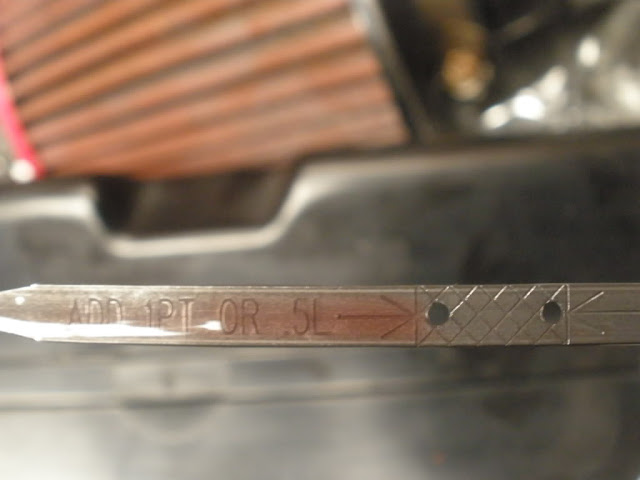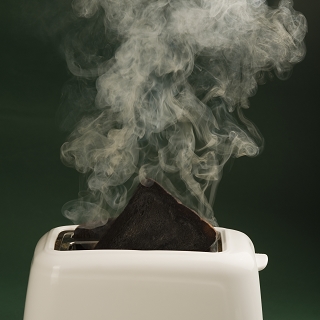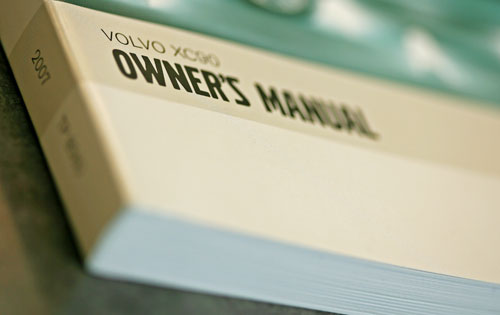- #granvilleoils #tradeshow #motortradeshow 1
- 0w/20 1
- A Bit Of Fun 3
- Abro 1
- Additive Packs 1
- Additive tanks 1
- Aftermarket 4
- Air Conditioning 4
- Animated Cars 1
- Antifreeze 9
- Article 2
- Auto Express 1
- Automatic Transmission 2
- Automechanika 7
- Automotive 35
- Autosol 3
- Autumn 2
- award 1
- Awards 2
- Baring 2
- blow moulding 1
- bottle 2
- bottles 1
- Brake Fluid 1
- Brakes 2
- Brand Focus 2
- Brands 1
- brochure 2
- business 1
- C3 2
- C4 1
- Capacity 1
- Car Wash 5
- carcare 2
- carcleaner 1
- carinterior 1
- Cars 5
- Catalogue 3
- Chemical 7
- chemical plant 1
- Cleaners 1
- Cleaning 10
- cockpit shine 1
- cockpitshine 1
- Cold Weather 4
- company 1
- company brochure 1
- Coolant 5
- Corporate 5
- cutting-edge 1
- design 4
- Dexos 1
- dubai 2
- dv5r 1
- eb2dt 1
- emergency puncture repair 1
- engine oil 3
- ep 1
- EV 1
- evolution 1
- exhibitions 2
- Facts 6
- Favourite Cars 1
- Flunkey 1
- Frankfurt 3
- FS 1
- fs pc 1
- fs rn 1
- Fuel 1
- Garden 1
- Gear Oil 3
- Germany 3
- Granville 10
- Granville bottles 1
- Granville brochure 1
- Granville catalogue 1
- Granville new tanks 1
- Granville Oil 42
- Granville Oil tanks 1
- Granville Oils 2
- Granville Oils Site 1
- Granville tank farm 1
- Granville tyre repair 1
- granvilleoil 4
- graphic 1
- Grease 2
- Gunk 1
- History 1
- homepage 1
- Hypalube 4
- identity 1
- ISO 14001 1
- James Bond 1
- James Holland 1
- logo 1
- Lubricant 18
- lubricants 2
- lubricating oils 1
- Machinery 2
- madeinuk 1
- Maintenance 20
- Manual Transmission 3
- manufacturing 1
- Mechanic 3
- mid saps 2
- motor 2
- Motor Factor 2
- Motor Oil 22
- motoring 3
- Motoring Problems 16
- mtf 1
- new engine oil 1
- new fully synthetic oil 1
- new Granville product 2
- new logo 1
- new packaging 1
- New Product 9
- new products 1
- NGLI 1
- Nova Car Care 3
- Nürburgring 1
- OEM 3
- oil 3
- packaging updates 1
- Paint 1
- Pets 1
- plastic 1
- PMF 1
- Polish 1
- Powertron Ultra 1
- premium oils 1
- product 2
- Product Feature 4
- Product Release 8
- production 1
- Products 3
- profinish 1
- puncture repair product 1
- Rain X 2
- Range 1
- rebrand 2
- rebranding 1
- recruitment 1
- refresh 1
- RN17 FE 1
- Screen Wash 1
- Screenwash 1
- September 2
- Show 1
- Sintron 1
- smartphone 1
- Spring 1
- staff 1
- stop start 1
- Summer 2
- tank farm 1
- tanks 1
- team 1
- Technical 22
- technolube 1
- Trade Show 5
- transmission 1
- Transmission Fluid 6
- Turtle Wax 4
- TV Cars 1
- tyre aid 1
- Tyre Safety 1
- Universal 1
- upgrade 1
- Valeting 9
- Veedol 10
- Veedol OEM 1
- Ventilation 1
- Wax 1
- website 2
- Windscreen 3
- Winter 3
- workmilestone 1
- 2024
- Dec 2
- Oct 2
- Sep 2
- Jun 3
- May 2
- Apr 6
- Jan 1
- 2023
- Dec 1
- Sep 1
- Jul 2
- Mar 4
- 2022
- Nov 2
- Oct 1
- Sep 1
- Aug 1
- Apr 1
- Feb 1
- Jan 1
- 2021
- Nov 1
- Aug 1
- Apr 1
- Mar 1
- Feb 1
- 2020
- Sep 2
- Jun 1
- May 1
- Mar 1
- Jan 1
- 2019
- Oct 1
- Sep 2
- Jun 1
- May 1
- Apr 1
- Mar 2
- Feb 2
- 2018
- Dec 1
- Sep 2
- Aug 1
- Jul 1
- May 1
- Apr 1
- Mar 1
- Feb 1
- Jan 1
- 2017
- Jul 2
- Jun 2
- Feb 2
- Jan 2
- 2016
- Dec 2
- Nov 2
- Jul 4
- Jun 5
- May 3
- Mar 2
- Feb 3
- Jan 2
- 2015
- Nov 1
- Oct 3
- Sep 1
- Aug 2
- Jul 4
How Healthy Is Your Transmission Fluid?
Ask the average motorist and it’s likely they will know how and where to check their oil and coolant level but ask about transmission fluid and they might not be so savvy.

It’s not always immediately obvious how to check the health of your transmission fluid and indeed in recent years manufacturers have made it increasingly difficult for the end user to interact with the transmission at all unless you have the correct tools to get at the undercarriage of the vehicle. Should this be the case then we highly recommend that you allow your professional mechanic to perform any maintenance checks on your transmission fluid as you could risk voiding your warranty. If, however, you have a vehicle equipped with a dipstick under the bonnet for checking the transmission fluid then here are some things to look out for which may signal it’s time to book in for a fluid change or top-up.
Fluid Level
If you have a dipstick fitted the first thing you should look for is the fluid level. If you do happen to find it low, the question as to whether or not to top it up yourself should be based on how healthy you think the transmission fluid already present in the reservoir is, which is something we will go into in a bit more detail below. Assuming that you are certain that you have the correct transmission fluid for your vehicle and that the fluid appears healthy, then topping it up whilst being careful not to overfill may be beneficial.

src: gmforum.com
Low levels could be indicative of a fluid leak. If you find that your fluid in continuously low then you should book your vehicle in for a service as soon as possible and if you are in doubt at any point seek advice from a professional mechanic.
Colour
The colour of your transmission fluid depends on the manufacturer. In the case of Granville’s range you can expect fresh fluid to be red in colour, or amber in the case of our DCT fluid. As the transmission fluid deteriorates, you can expect to see it darken over time. This is nothing to worry about unless you find that the liquid is a dark brown or black colour. Certainly if the fluid is black you should be making an appointment at your local mechanic because the fluid is burnt which could indicate a more serious problem with the transmission.
Be sure to inspect for any debris too. A gritty texture could indicate that the filter needs cleaning or replacing, and any sign of flakes of metal could be indicative of corrosion. This would need addressing as soon as possible with an expert.
Odour
Transmission fluid can either be petroleum or synthetic based. In the case of Granville’s products, we produce mineral, synthetic based and fully synthetic transmission fluids but, generally speaking, you can expect it to have a similar odour to engine oil if it is clean and functioning properly.

src: imgur.com
Should the liquid have a burnt smell to it then you should consider addressing it with a mechanical professional, particularly if the burnt smell accompanies dark looking fluid.
Owner's Manual
Your owner’s manual will stipulate when it is recommended that your transmission fluid will need changing. Generally, this could be at anywhere between 30,000 and 100,000 miles but ultimately this is dependent on the manufacturer and model of the vehicle. Make sure that you read your manual thoroughly before attempting any form of fluid replacement on your vehicle, but bear in mind that attempting to do so may void your warranty.

Changing or topping up your transmission fluid is an important part of automotive maintenance. If you do experience problems with gear shifts then a fluid change may help. Remember to always consult with a mechanical professional if you are in doubt. If the problem is neglected it might result in costly repairs later on so it’s best to address it as soon as possible.
--
This article is intended for general information only and should not be used as a diagnostic tool. Seek a professional mechanic's advice if you are in doubt. Always consult your owner's manual before attempting vehicle maintenance.
Article first published Wednesday 13th Jan 2016 11:00:00